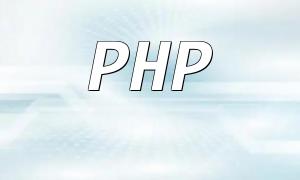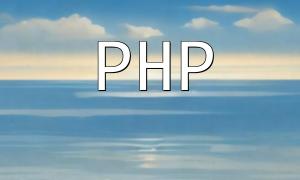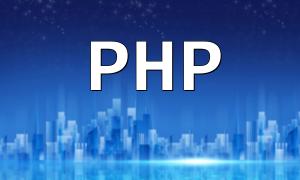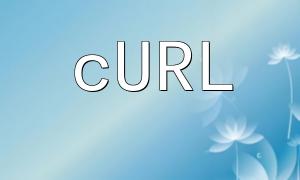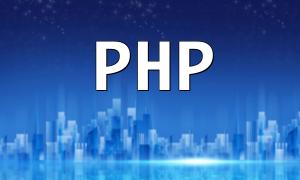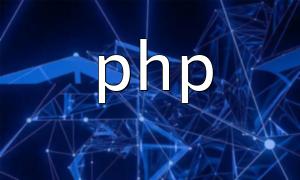Choosing the right PHP framework is one of the most important decisions for any backend developer. A robust framework not only accelerates development but also strengthens your application's structure, performance, and security. This article dives into the three fundamental aspects of PHP frameworks—architecture, performance optimization, and security mechanisms.
Most PHP frameworks follow the classic MVC (Model-View-Controller) architectural pattern, which separates business logic, user interface, and application behavior. This separation enhances code maintainability and project scalability.
For instance, Laravel uses the Eloquent ORM for managing data models, the Blade template engine for handling the view layer, and a flexible controller system for business logic. This design ensures that code is modular, testable, and easy to extend.
Performance is a critical factor in evaluating any PHP framework. Leading frameworks employ mechanisms that optimize HTTP handling, caching, and memory usage.
Symfony, for example, implements the PSR-7 standard to provide efficient HTTP message handling and built-in caching for faster response times. Zend Framework focuses on memory management, allowing it to perform consistently well in large-scale projects.
Database queries are often a bottleneck in performance. In Laravel, developers can optimize them using the Eloquent query builder.
// Unoptimized version
$results = User::where('id', [1, 2, 3])->get();
// Optimized version
$results = User::whereIn('id', [1, 2, 3])->get();
Using whereIn instead of multiple where statements allows the database to process multiple conditions in a single query, significantly improving performance.
Security is the cornerstone of any web framework. Modern PHP frameworks offer built-in mechanisms to prevent common web attacks such as XSS, SQL injection, and CSRF.
Laravel’s Sanitizer class helps filter user input to prevent script injection, while Yii’s ActiveRecord automatically binds SQL parameters to eliminate injection vulnerabilities.
The following example demonstrates how to implement CSRF protection using Symfony’s token-based mechanism.
// Controller class
class MyController extends Controller
{
public function indexAction()
{
$token = $this->get('security.csrf.token_manager')->getToken('my_intent');
return $this->render('index.html.twig', [
'token' => $token,
]);
}
}
// Template file (index.html.twig)
<form action="{{ path('my_action') }}" method="post">
<input type="hidden" name="_token" value="{{ token }}">
<input type="submit" value="Submit">
</form>
By using CSRF tokens, developers can effectively prevent unauthorized requests and ensure secure user interactions.
The true value of PHP frameworks lies not only in rapid development but also in building secure, high-performance applications. Frameworks like Laravel, Symfony, and Yii provide strong foundations for scalable and secure web systems. Understanding their architectural design, optimization strategies, and security features empowers developers to deliver reliable, efficient applications in real-world projects.

